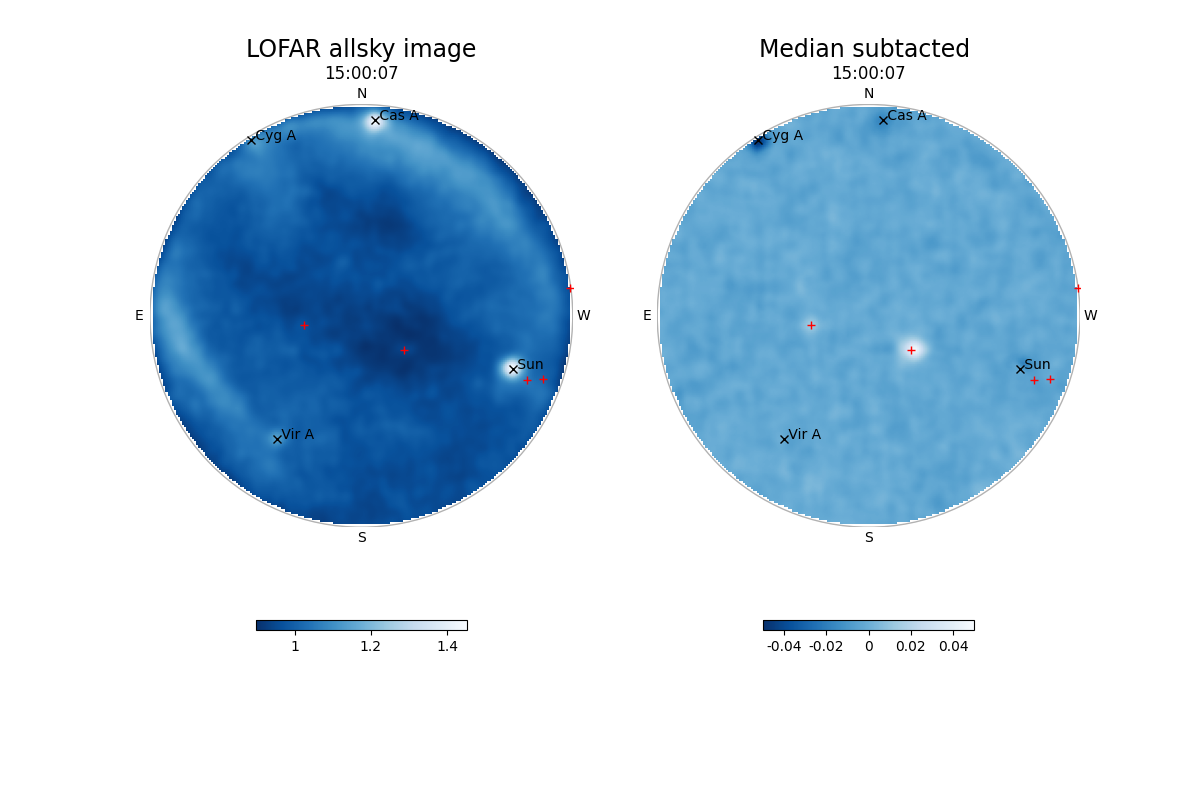Observations with the LOFAR (Low Frequency Array) radio telescope last year showed that first generation Starlink satellites emit unintended radio waves that can hinder astronomical observations. New observations with the LOFAR radio telescope, the biggest radio telescope on Earth observing at low frequencies, have shown that the second generation ’V2-mini’ Starlink satellites emit up to 32 times brighter unintended radio waves than satellites from the previous generation, potentially blinding radio telescopes and crippling vital research of the Universe.



People down voting you for bringing up Kessler syndrome were correct to do so. It’s a complete non-issue for starlink-sized objects at that altitude.
Light pollution is a more reasonable objection, and the effects on the upper atmosphere of all those satellites burning up would be as well, but not Kessler syndrome
Yeah. The mass and altitude are too low.
The thing with Kessler Syndrome is that collisions create debris, which cascades with more collisions, until there’s too much debris. But each collision actually results in the loss of kinetic energy or gravitational potential energy overall, so that the subsequent pieces are less energetic and/or less massive. Start with enough mass and enough altitude, and you’ve got a real problem where it can cascade many, many times. But with smaller objects at low altitude, and there’s just not enough energy to cause a runaway reaction.